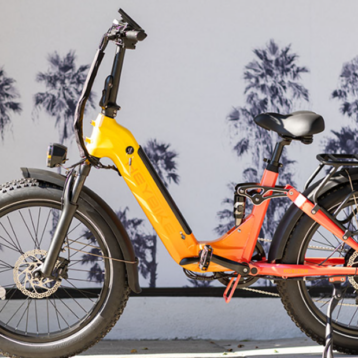
The COVID-19 crisis has made us more aware of the importance of mitigating the spread of viruses and bacteria. They have been more cautious about sanitation than ever.
Many people did not think nearly as much about the risks of viruses and bacteria much in the past. Unfortunately, they were always a threat to our health and will continue to be after the pandemic is over.
The good news is that new technology such as germ protecting Kevlar clothes is helping reduce the threats of these pathogens. Here are some new technological advances that can keep harmful bacteria from spreading.
Wound imaging device
TFOT previously talked about the use of digital therapeutics during the pandemic. However, there are other digital diagnostic tools that are also important.
There are a lot of new wound imaging devices on the market, such as one from MolecuLight. These tools can do a wound documentation, which includes sharing a lot of detail about bacteria on the surface.
By looking at bacteria and other risk factors, they can predict the probability of wounds healing at a certain rate. This offers a lot of benefits for people that have been injured and need treatment.
Microban coated doorknobs
Some new doorknobs are coated with Microban Technology. This coating can play a very important role in slowing the spread of harmful bacteria.
How does this technology work? It is capable of stopping bacteria at the cellular level. It drastically impedes the reproduction of bacterial organisms, which makes it far less likely to spread.
Smart locks
Many homes also use smart locks to keep homes more secure. However, there is another benefit of smart locks. They can also help reduce infection rates from people by avoiding the need to touch doorknobs.
A lot of smart homes are programed to open doors automatically when they recognize a smart device key. Since people don’t have to worry about touching the door itself, the risk of infection is a lot lower.
Ultraviolet disinfection
Traditionally, disinfections have been carried out through the use of antimicrobial chemicals. Unfortunately, there are a couple of downsides to this:
- It isn’t always possible to cover an entire surface with these chemicals. It can be difficult to reach certain portions of a surface and you have to hope that the cleaning team is highly thorough enough.
- These chemicals tend to have their own health risks, especially since many of them contain carcinogens. They also are not very good for the environment. These issues have discouraged people from using many of them.
Ultraviolet light has proven to be a better option. There are a number of benefits of using UV disinfection technology over traditional chemical disinfectants. These benefits include:
- UV disinfection products can quickly and easily cover an entire surface. This ensures that bacteria won’t thrive on a small portion and quickly spread.
- UV light is able to destroy the bacteria at the cellular level, so it cleanses the surface much more thoroughly.
- There is no meaningful harm to people or animals that have been exposed to this UV lights. They are effectively safer than using harsh chemicals for cleaning.
A lot of hospitals, clean rooms and other venues that need to be careful about thoroughly cleaning use UV lights instead of regular disinfectants.
AirDresser
This is a product that was made by Samsung. It wasn’t made specifically with sanitation in mind, but that has still been shown to be an important secondary benefit.
The Samsung AirDresser was originally developed because many people where always procrastinating ironing their clothes. This product makes it a lot easier.
What many people don’t think about when they buy it is that the tool destroys bacteria as well. This can be an important benefit if there is still some residual bacteria left on clothes after they have already been washed.
Fogging machine
Fogging machines have become a lot more popular during the pandemic. Many people use them to help reduce the probability of getting COVID-19. However, they can also help reduce the risk of getting other viruses and even some forms of bacteria.
Alcohol free hand sanitizers
People have started using hand sanitizers a lot more often in response to the COVID-19 crisis. People have been obsessively applying sanitizer to their hands out of fear that they may have come into contact with the COVID-19 virus.
Unfortunately, they have discovered that hand sanitizer is not without its own drawbacks. The biggest problem is that the alcohol tends to leave their skin feeling dry. If they have cracks on their skin, then it may sting and cause further irritation.
The good news is that there are new types of sanitizer on the market. Many of them don’t contain alcohol, so people can have an easier time disinfecting without these drawbacks.










